Krill oil
Krill oil
- DHA & EPA: The krill oil is rich in Omega-3 fatty acids such as DHA and EPA
- Sustainable Fisheries: This krill oil comes from krill caught according to ecologically responsible fishing practices
- High Absorption: Krill oil naturally mixes well in liquids, making it, unlike fish oil, well absorbed by the body
Description

Krill oil and its natural source
Krill oil is extracted from Antarctic ‘krill’, small crustaceans that inhabit the clean, cold waters around Antarctica (the Southern Ocean). Krill is a rich source of unsaturated fatty acids, of which the omega-3 fatty acids EPA and DHA are particularly well-known. But krill also contains other unsaturated fatty acids that are increasingly gaining attention, such as omega-7 fatty acids (palmitoleic acid) and omega-9 fatty acids (oleic acid).
An important distinction from fish oil is that the fatty acids in krill oil are bound as so-called ‘phospholipids’.
Phospholipids are the building blocks of cell membranes in the human body. Phospholipids in krill oil do not need to be broken down first but are quickly and efficiently absorbed by the body. In comparison, fatty acids in fish oil are bound as so-called ‘triglycerides’, which must first be fully broken down before they can be absorbed. See the image below for comparison.
Kala Health krill oil capsules deliver 100% natural unsaturated fatty acids from a guaranteed clean environment and caught through environmentally responsible fishing practices. The softgel capsules contain the cleanest, most efficient, and stable unsaturated fatty acids known.
Benefits of Krill Oil
This natural source of omega-3 fatty acids, such as DHA and EPA, offers numerous health benefits. Below are some of the key health benefits listed:
- Eye Health: DHA, present in krill oil, supports the condition of your eyes with a daily intake of 250 mg DHA.
- Brain Function: A daily intake of 250 mg DHA is good for brain function. It is an important building block for the brain.
- Blood Pressure Regulation: The presence of EPA and DHA in krill oil helps maintain normal blood pressure with a daily intake of 2 grams. Remember that the additional daily intake of EPA/DHA should not exceed 5 grams.
- Healthy Triglyceride Levels: DHA and EPA contribute to the maintenance of normal triglyceride levels in the blood when taken daily at 2 grams. Remember that the additional daily intake of EPA/DHA should not exceed 5 grams.
WHY IS KRILL OIL SUPERIOR TO FISH OIL?
Important fatty acids such as EPA and DHA are also found in fish oil, but there is a significant difference: In fish oil, the fatty acids are bound as so-called ‘triglycerides’. Three fatty acids are attached to one molecule of glycerol. In krill oil, on the other hand, one of the three fatty acids is replaced by a phosphate group that is hydrophilic (water-loving). Because of the phosphate group, we call the fats in krill oil ‘phospholipids’.
Fish oil remains in large droplets floating on water (glass on the right in the photo). If krill oil is added to a glass of water, the oil forms microscopic small droplets that mix with the water (glass on the left in the photo). The same thing happens in the stomach. As a result, krill oil is less likely to cause an aftertaste and burping. These droplets are quickly and directly absorbed into the blood from the small intestine. Because phospholipids are native to the body, they are also quickly and effectively incorporated into the body.
Triglycerides from fish oil, on the other hand, are not native to the body; to be absorbed, they must first be split into glycerol and separate fatty acids. This occurs in the intestine through the action of bile and the enzyme lipase. After absorption, the fatty acids are reattached to a glycerol molecule and built up into, for example, triglycerides or phospholipids.
The stability of phospholipids
Phospholipids are more stable than triglycerides. As a result, krill oil remains stable, while fish oil quickly oxidizes and becomes rancid. Krill oil has another significant advantage: it naturally contains astaxanthin, a special carotenoid produced by certain microalgae and plankton. It’s interesting to note that astaxanthin is the pigment that gives salmon their pink-red color. Astaxanthin is accumulated in the muscle tissue of salmon for a reason: it helps facilitate the energy-consuming upstream migrations to spawning grounds in rivers each year.
Absorption and Availability
Several studies show that krill oil is better absorbed than fish oil and has significantly higher biological availability.
This is important for two reasons:
- Firstly, it saves a lot of money: you need less krill oil to get enough omega-3 fatty acids.
- Secondly, you don’t risk getting too many omega-3 fatty acids. Although fish oil manufacturers rarely mention this: there are plenty of studies showing that too much EPA and DHA can be harmful to the body, negatively affecting, among other things, blood sugar levels and the immune system. The high doses of fish oil recommended sometimes come close to a potentially harmful dose. So it’s best to take a low dose of krill oil!
Is Krill Oil Sustainable?
Krill oil is clean, sustainable, and traceable. Fish populations are overfished worldwide, and the origin of fish oil is almost always unknown. With krill oil, we know exactly where it comes from and that there is no overfishing involved. Krill fishing takes place in the pristine Antarctic waters and is fully controlled by the Commission for the Conservation of Antarctic Marine Living Resources (CCAMLR), also known as the Convention for the Conservation of Antarctic Marine Living Resources, an international treaty that regulates the sustainable harvest of krill. In Area 48 in the Southern Ocean, the only area where krill fishers are allowed to operate, the krill industry is permitted to catch only one percent of the estimated 60 million tons of krill.
To meet the global demand for omega-3 fatty acids while the pressure on fish stocks increases, new sustainable sources are needed. Krill oil is one such source, and the World Wildlife Fund emphasizes clearly: Krill management is sustainable. Krill fishing is sustainable and ecologically responsible, using fishing methods that do not result in unnecessary bycatch.
Health claims approved by the Health Council:
EPA (Eicosapentaenoic Acid):
*The additional daily intake of EPA and DHA combined should not exceed 5 grams.
- Good for the heart: with a daily intake of 250 mg EPA and DHA.
- Good for maintaining normal blood pressure: with a daily intake of 3 grams EPA and DHA.
- Contributes to a normal blood lipid profile: with a daily intake of 2 grams EPA and DHA.
DHA (Docosahexaenoic Acid):
*The additional daily intake of EPA and DHA combined should not exceed 5 grams.
- Good for the heart: with a daily intake of 250 mg EPA and DHA.
- Good for maintaining normal blood pressure: with a daily intake of 3 grams EPA and DHA.
- Contributes to a normal blood lipid profile: with a daily intake of 2 grams (EPA and) DHA.
- Good for vision: with a daily intake of 250 mg DHA.
- The intake of DHA by the mother supports the normal development of the fetus’s eyes and in infants receiving breast milk: with a daily intake of 200 mg DHA in addition to the recommended daily intake for omega-3 fatty acids for adults, i.e., 250 mg DHA and eicosapentaenoic acid (EPA).
- DHA contributes to optimal visual development in infants up to the age of 12 months: with a daily intake of 100 mg DHA.
- The intake of DHA by the mother is beneficial for the development of the fetus’s brain and for infants receiving breast milk: with a daily intake of 200 mg DHA in addition to the recommended daily intake for omega-3 fatty acids for adults.
- Good for brain function: with a daily intake of 250 mg DHA.
Composition
Ingredients
Use & dosage
Recommended use
| For Who? | Daily Dosage |
|---|---|
| Adults: | 1 - 2 softgels per day |
Daily dosage: Adults, take 1 to 2 softgels twice daily, or as recommended. Preferably, take during a meal. Adhere to the (recommended) daily dosage.
Mandatory statement: A dietary supplement is not a substitute for a varied diet. A varied, balanced diet, and a healthy lifestyle are important. This product is a dietary supplement (fatty acid preparation).
Safety: Consult a professional before using supplements in case of pregnancy, lactation, medication use, and illness.
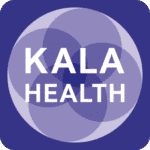
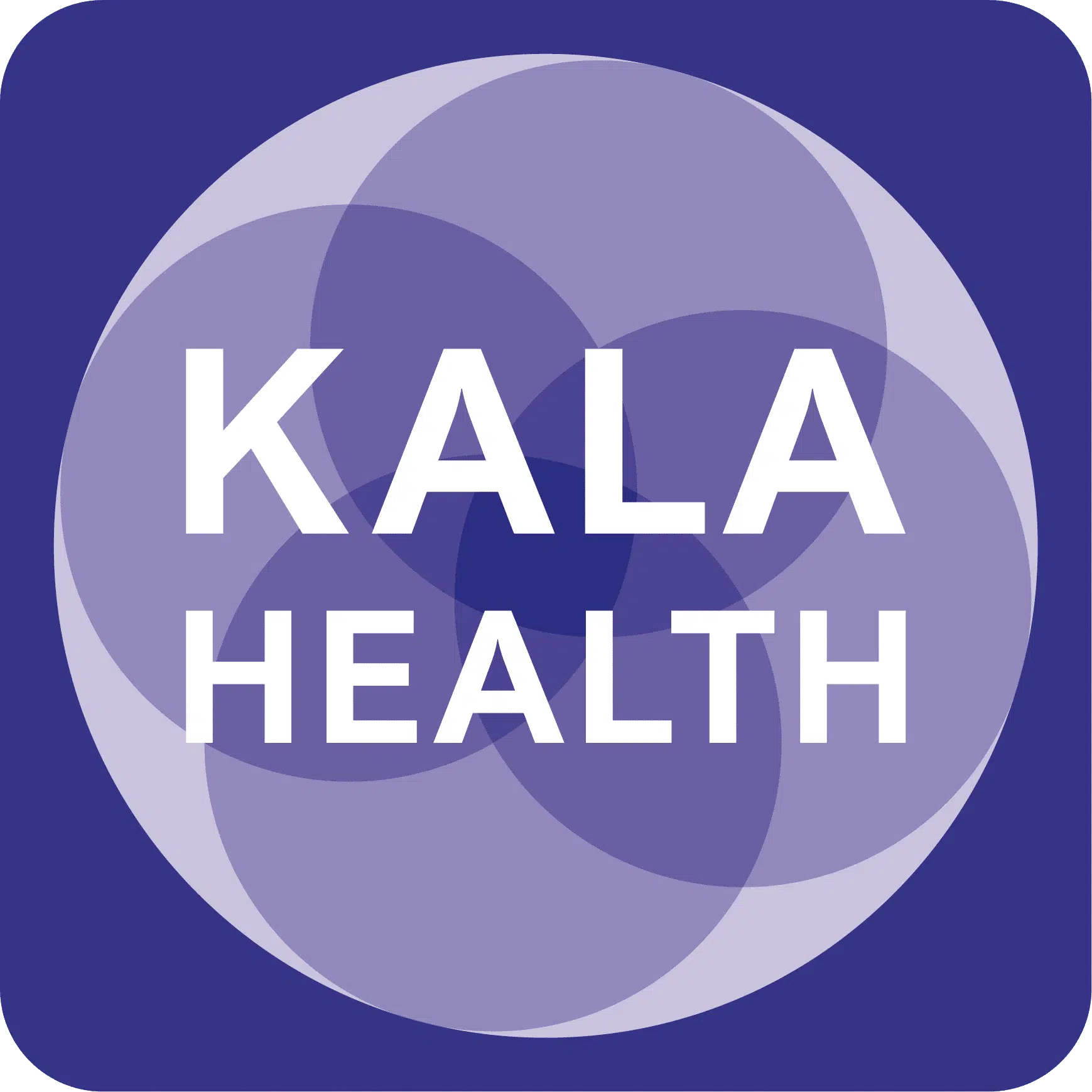
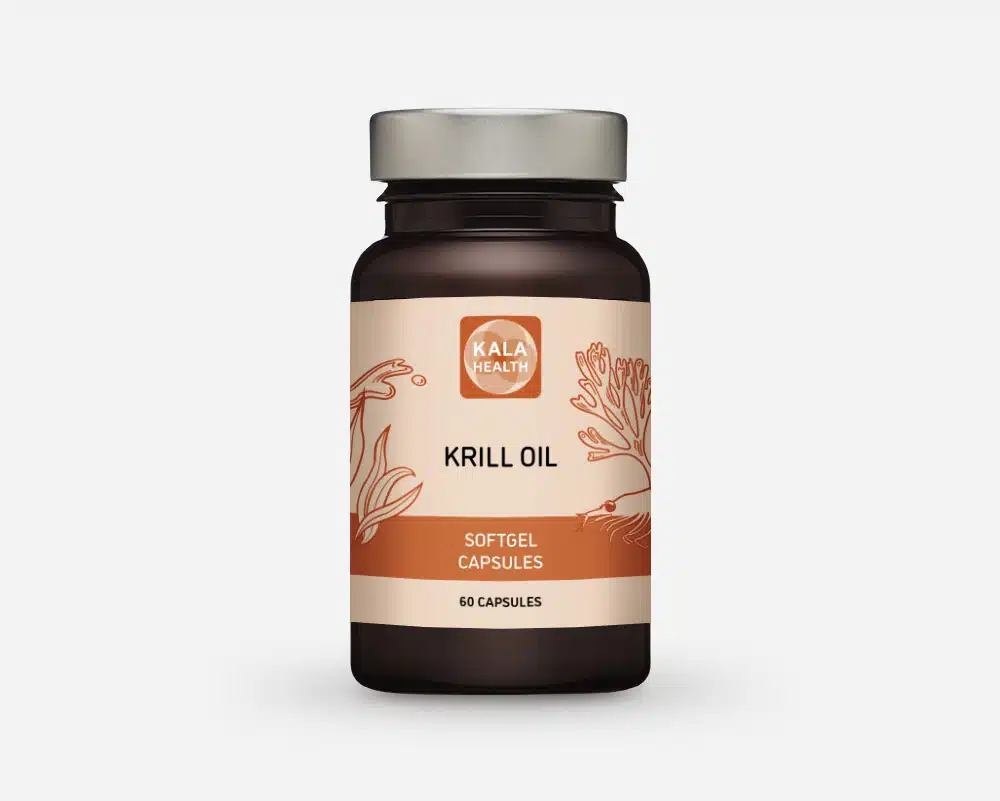



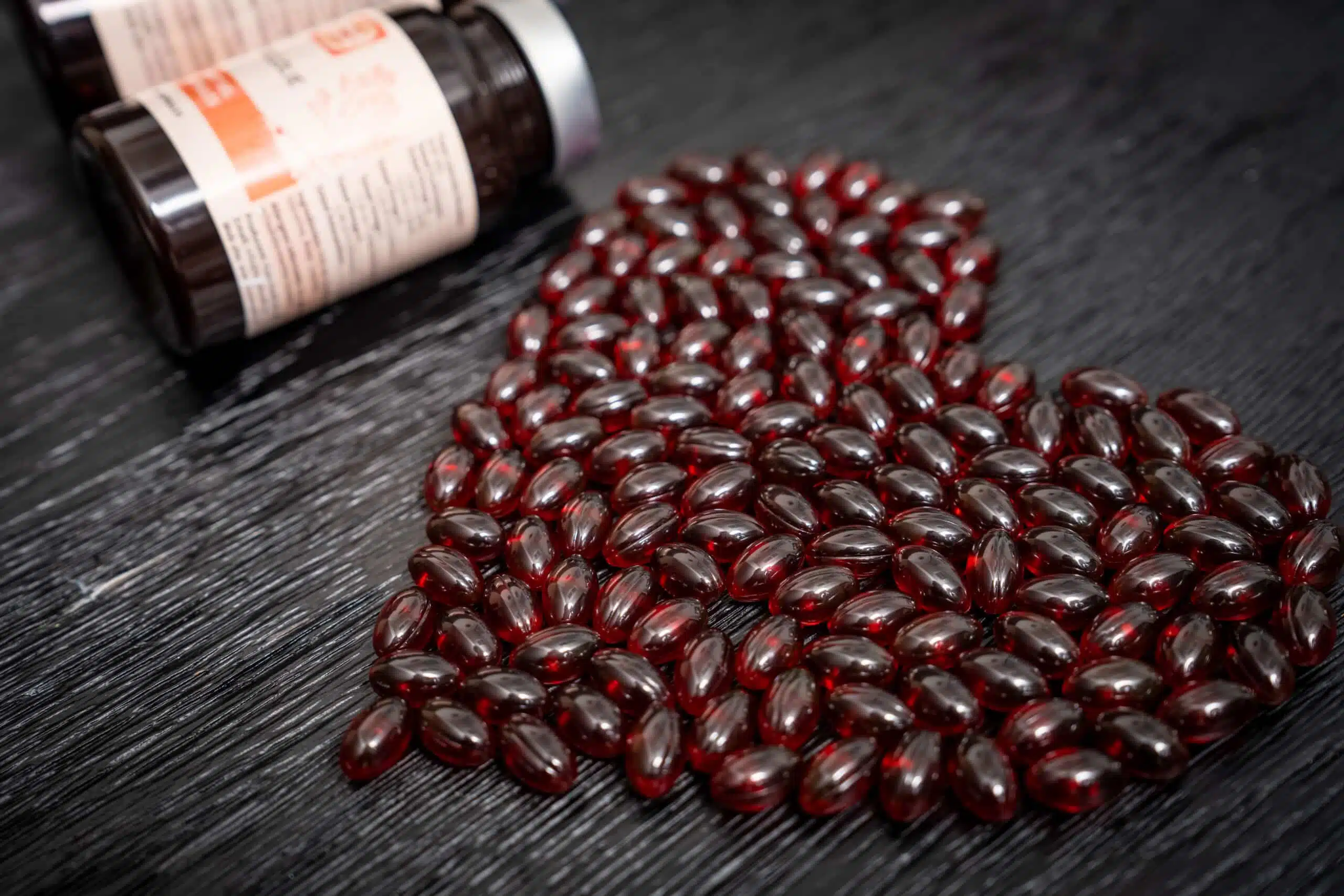




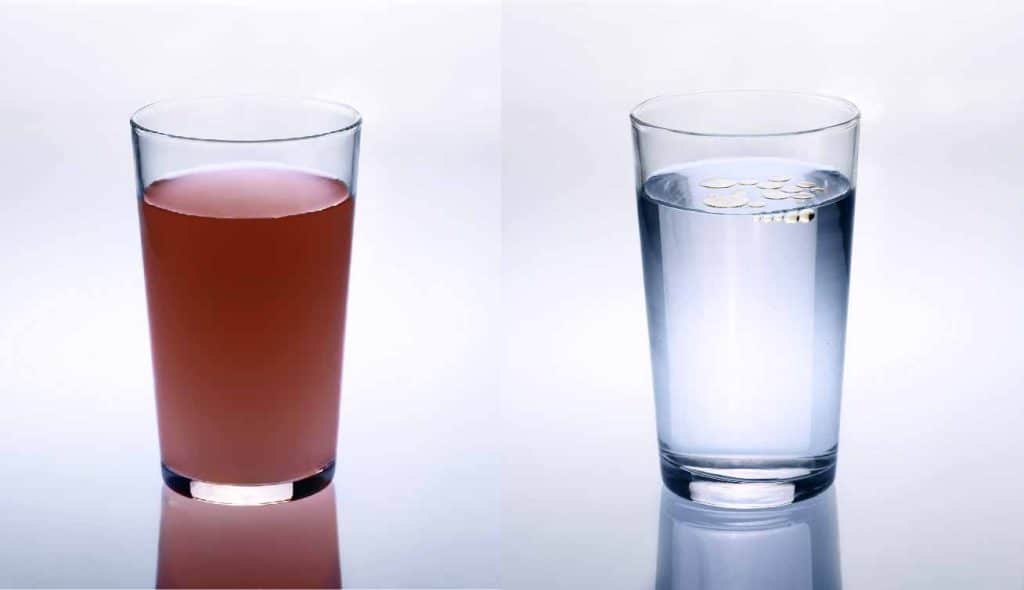
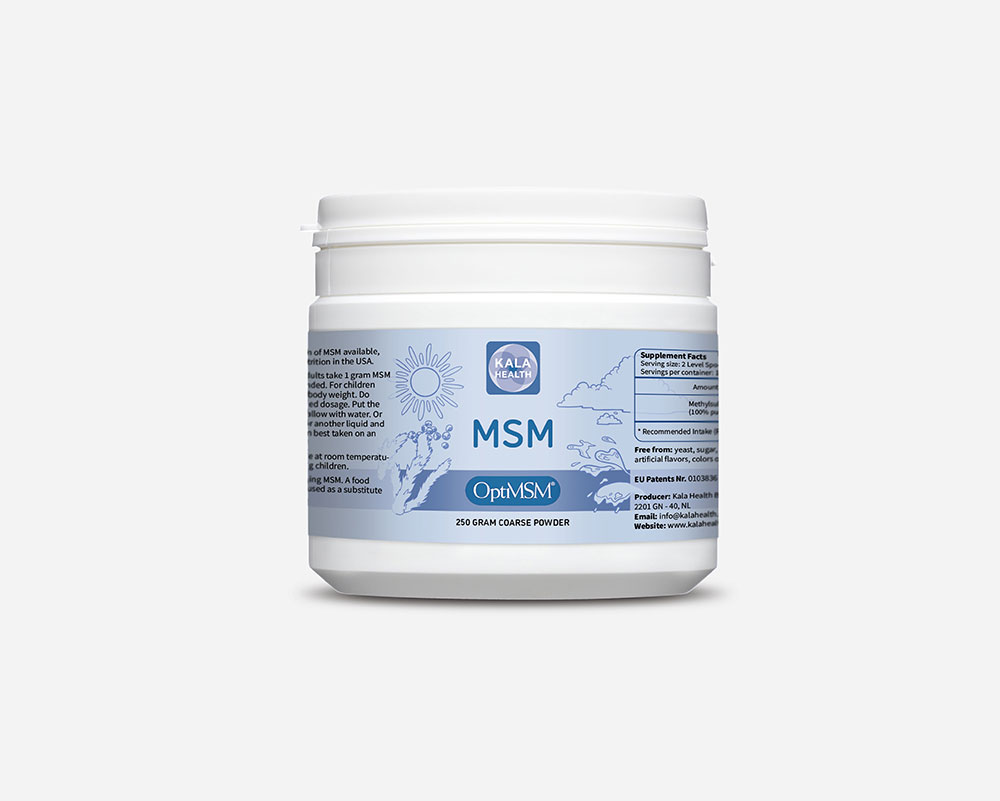
 250, 500, 1.000 or 5.000 gram
250, 500, 1.000 or 5.000 gram
 60 or 180 softgels
60 or 180 softgels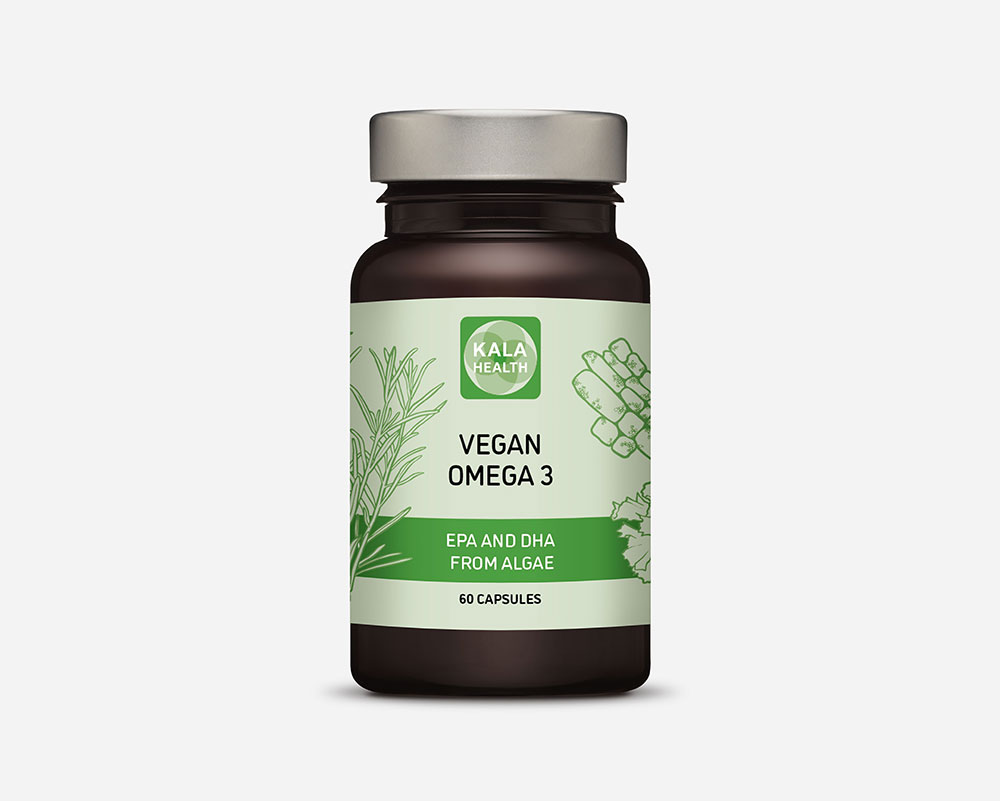
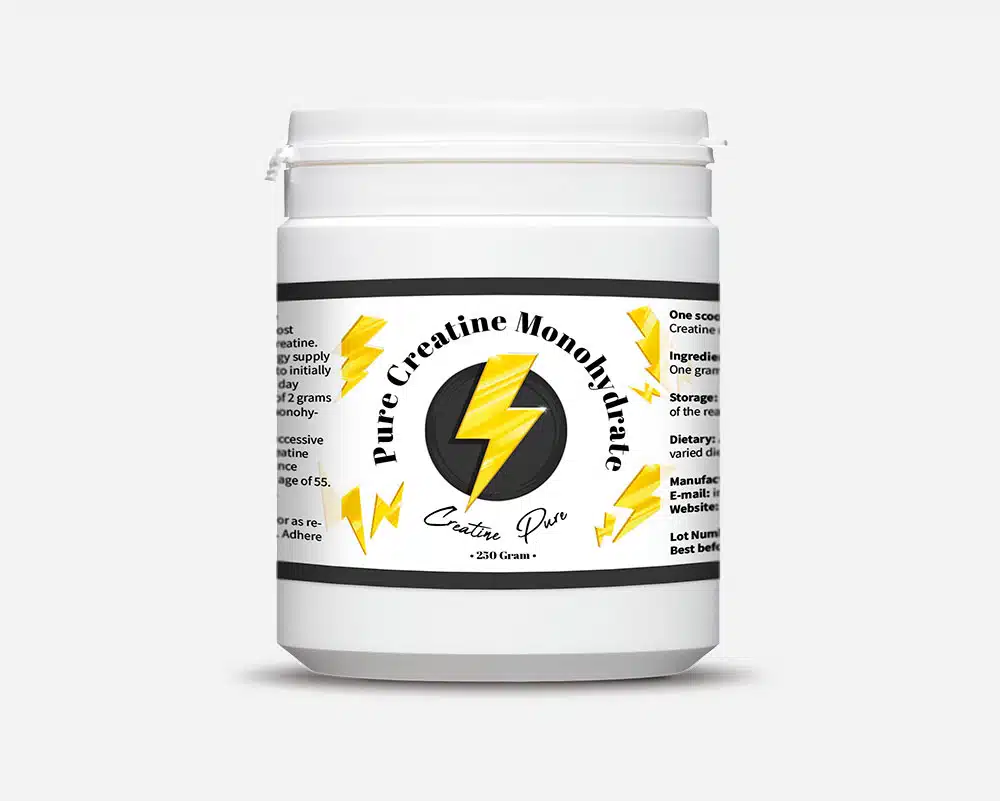

FAQ